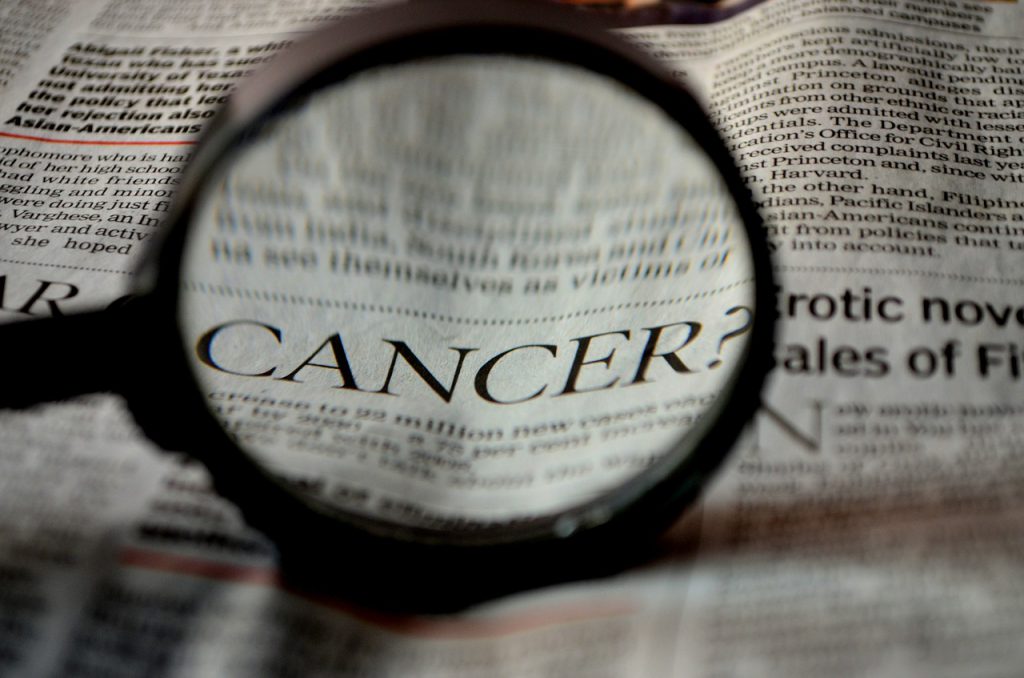You would think with the rise of Human Papillomavirus(HPV) cases, the number of vaccinations would also rise. Unfortunately, this isn’t the case. HPV is the most common STI because people don’t know how to protect themselves.
To make matters worse, a study conducted in 2018 found that almost 70% of adults don’t know that anal, penile, and oral cancers can come from HPV infections. Because of this, there are an estimated 24 million active cases, and 5.5 million new cases each year.

According to the Centers for Disease Control and Prevention(CDC), “HPV is so common that nearly all sexually active men and women get the virus at some point in their lives.” Because there usually aren’t symptoms, many people don’t know they are infected, especially men.
Men can blindly spread it to women because they don’t know what to look for. If left untreated, HPV can lead to a variety of cancers for both sexes.
Texas Study on HPV Awareness
Researchers from UTHealth conducted a study with 2,564 men and 3,697 women. The group was split into three age groups of 18-26 years, 27-45 years, and 45 years and older. They asked each group about HPV and cancer.
Of the age groups:
- In people aged 18-26 years, about 92% of men, and 79% of women were unaware that HPV causes anal, penile, and oral cancers
- In people aged 27-45 years, about 89% of men, and 78% of women were unaware.
- In people aged 46 years and older, about 85% of men, and 78% of women were unaware.
Risk Factors for Contracting HPV

If you were like these age groups, you might also be unaware of how you contract HPV. Get checked by your doctor if you:
- Have a high number of sexual partners.
- Have a history of STIs.
- Have HIV.
- Have a weakened immune system.
- Had sex at a young age.
Prevention
Both the CDC and physicians recommend that people get HPV vaccinations as early as 9-years-old until they turn 27. In 2006, HPV vaccines were recommended just for girls to prevent cervical cancer. By 2001, it was recommended that boys get the vaccine too. This was because of science showed that men are also at risk for HPV related cancers and genital warts.
Boys and girls ages 9-14 should receive a 2-dose vaccine six months apart, but if the vaccine was administered after 15-years-old, then it is a 3-dose.
Co-lead study author Kalyani Sonawane, Ph.D. said, “Low levels of HPV knowledge in these older age groups is particularly concerning, given that these individuals are (or will likely be) parents responsible to making HPV vaccination decisions for their children.”

As the study showed, more than half of adults between the ages of 27 and 45 are unaware that HPV is linked to multiple cancers. This is most likely why people do not take HPV seriously.
However, as science shows, we need to take it seriously. We can see that at first, it was just linked to cervical cancer in women. When more studies were conducted, it was linked to penile, anal, and oral cancers in both sexes. Now that we have a better idea, more people need to be aware of it.
The truth is, it is no one’s fault that people don’t know. We can take steps to inform more people so that they have better chances to be protected, especially if they meet a lot of risk factors. In order to decrease the number of HPV cases, physicians, schools, and parents all need to spread awareness of the infection and its vaccinations.
